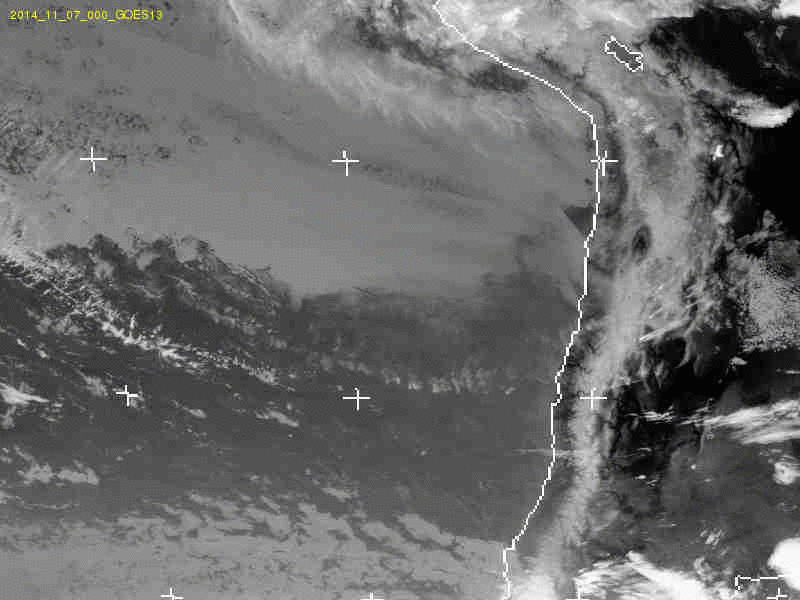Despite their importance for astrophysics in general, the formation and evolution of close compact binary stars is far from well understood. To explain their short separations, close compact binaries are thought to form through common envelope evolution, a spectacular phase of binary star evolution where both stellar components orbit within one gaseous envelope. Sad but true, current models are unable to predict the detailed outcome of common envelope evolution. This is probably the largest uncertainty in present day binary population models which severely limits our understanding of objects as important as for example supernova Ia progenitors.
To progress with this situation we perform observational and theoretical population studies of white dwarf binaries with a special emphasis on deriving observational constraints on models of common envelope evolution:
- PCEBs from SDSS (link to www.sdss-wdms.org)
- Reconstructing the evolutionary history of PCEBs
- The RAVE/Galex survey of WD plus FGK stars
- High precision observations of eclipsing PCEBs with X-shooter
Investigators:
Professors: Matthias Schreiber
Postdocs: Steven Parsons (PhD.) - Mónica Zorotovic (PhD.)
Students: Daniela Iglesias (PhD student) - Carolina Agurto (MSc.) - Guillermo Retamales (MSc.) - Miguel Fernandez (MSc.)
Previous members:
Alberto Rebassa-Mansergas (currently post-doc in China) - Odette Toloza (currently PhD student in Warwick, UK)
Cataclysmic variables (CVs) are binary stars where the less massive component, a late-type (K-M) main-sequence star, transfers matter to the more massive component, a white dwarf. As such they represent a subclass of compact binaries. These objects show a large variety of phenomena, and their study bears relevance for several other areas of research, such as binary formation and evolution, accretion discs, or supernova progenitors.
Classical novae represent a subclass of CVs. The accumulation of a certain
critical amount of material on the white dwarf causes a thermonuclear explosion on its surface. In its course, material is expelled from the white dwarf into the interstellar medium as a shell. This phenomenon is known as a 'nova eruption'. Since the explosion does not destroy the binary system, the accretion process recommences within one or two years. Thus, it is reasonable to assume that the nova eruption represents a recurrent phenomenon and that it forms part of the evolution of most, if not all, CVs.
At the IFA we currently study the following aspects of the physics of CVs: - the connection between the group of classical novae and other subtypes of CVs. We have initiated a search to recover former novae in order to significantly enlarge the sample of such objects. This will allow for a statistically significant comparison of the properties of the 'post-novae' with those of 'other' CVs, and ultimately reveal both the importance of certain physical parameters on the nova eruption and the effect of the latter on them.
- the long-term photometric behaviour of specific objects with the goal to gain information from their variability on the processes in their accretion
discs.
Investigators:
Professors: Claus Tappert - Dr. Nikolaus Vogt - Dr. Matthias Schreiber
La investigación del Centro de Astrofísica, en Planetas y Formación Estelar cubre las siguientes áreas:
Investigadores:
Docentes: Matthias Schreiber - Jura Borissova - Radostin Kurtev - Nikolaus Vogt - Amelia Bayo
Our team studies massive stars in general and Be, B[e] and SG in particular. Our approach is both theoretical and observational.
M. Curé is responsible for the theoretical part where he studies and develops different hydrodynamical methods to study winds and mass loss. Our team is expert in developing codes such as HydWind as well as using and ameliorating different state of the art codes such as SIMECA, MC3D, FastWind, CMFGEN and HDUST.
Responsible in the applications part is S. Kanaan where different observations programs are active in order to understand the mass loss of massive stars in general and Be and B[e] stars disk formation in particular.
In the observational part we are conducting a spectroscopic survey on Be stars as well as interferometric (VLTI) observations in order to constrain the disk geometry and its Kinematics.
Our group is working with different collaborators from around the globe combining theory and observations which will allow us to better understand these fascinating objects that play an important role in the enrichment of our Universe by heavy elements as well as the understanding of star evolution
Investigators:
Professors: Jura Borissova - Matthias Schreiber - Samer Kanaan - Michel Curé





